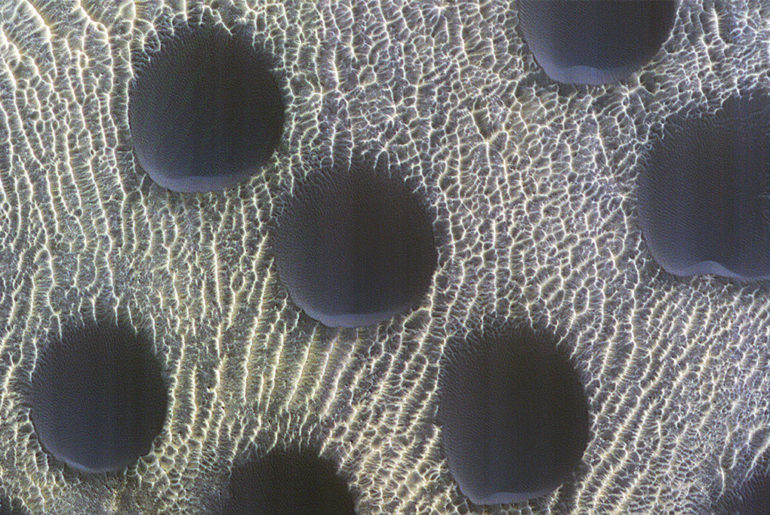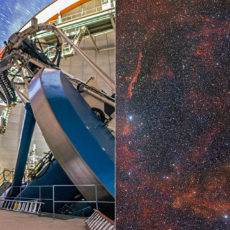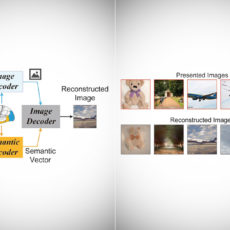
NASA’s HiRISE camera on the Mars Reconnaissance Orbiter spacecraft has captured a series of strange circular dunes that are slightly asymmetrical, with steep slip faces on the south ends. This means that the sand typically moves towards the south, but the winds may be variable, thus causing the almost perfectly circular dunes you see here.

Since 2006, HiRISE has been studying deposits as well as landforms resulting from geologic and climatic processes on Mars. It combines an extremely high resolution and signal-to-noise ratio with a large swath width, to image on a variety of scales down to 1 meter. It’s capable of providing such views over any selected region of Mars, offering a bridge between orbital remote sensing and landed missions.
- PERFECT ENTRY-LEVEL TELESCOPE: The Celestron PowerSeeker 127EQ is an easy-to-use and powerful telescope. This 127mm Newtonian Reflector offers enough...
- MANUAL GERMAN EQUATORIAL MOUNT: With its slow-motion altitude rod, the German Equatorial mount allows you to navigate the sky with ease. Find...
- COMPACT AND PORTABLE: The ideal telescope for adults and kids to use together, the PowerSeeker is compact, lightweight, and portable. Take it to your...
This is part of a series of images to monitor how frost disappears in the late winter; this observation appears to be free of frost. A previous image shows when the surface was covered by frost,” said Alfred McEwen, Professor at the Lunar and Planetary Lab, University of Arizona.







